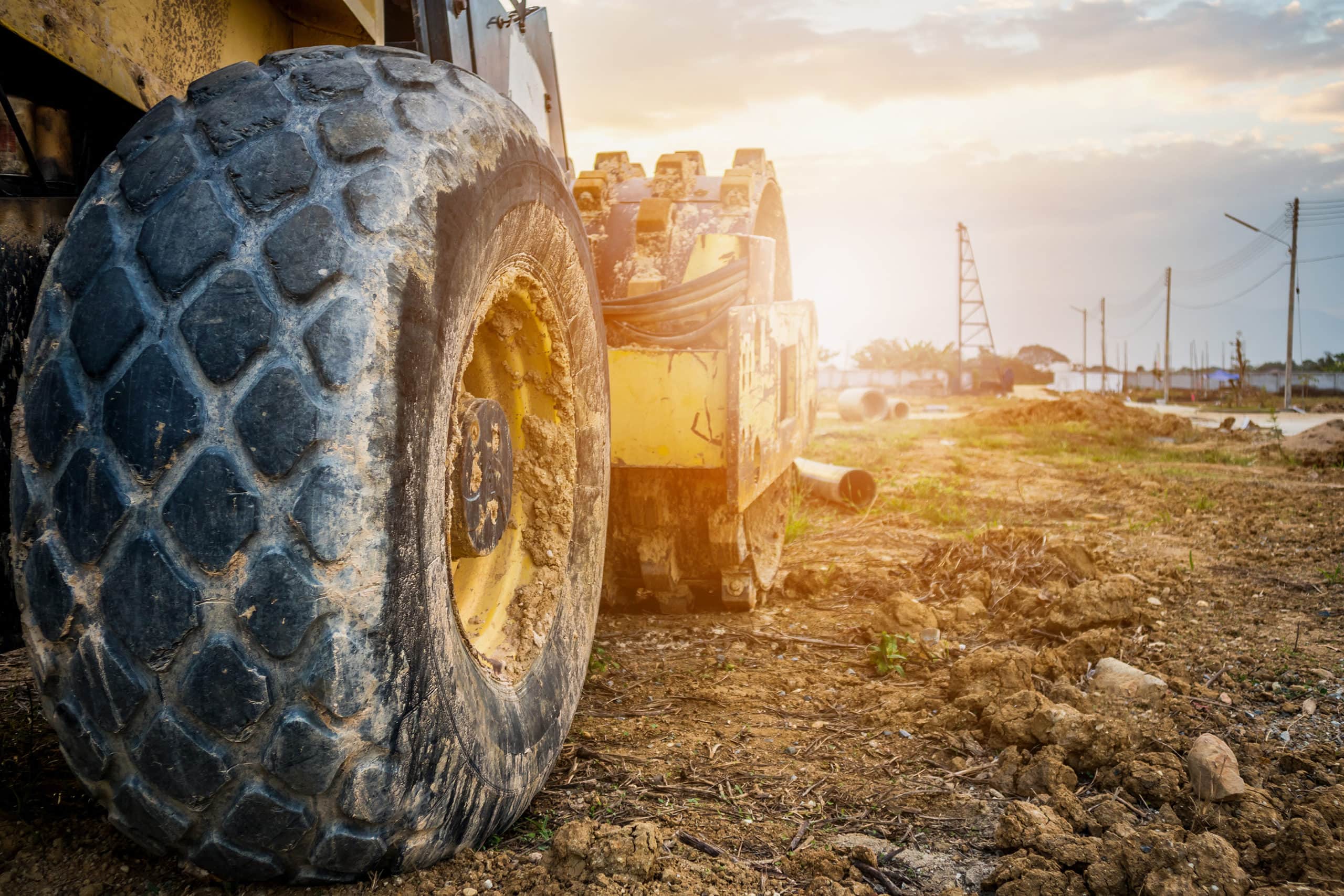Thermal acoustic insulation and vibration damping are important components in many industries. Both of which help improve energy efficiency, increase customer satisfaction, and enhance product longevity.
- Thermal Insulation
- Acoustic Insulation
- Vibration Damping
- Applications
Thermal Insulation
The purpose of thermal insulation is to inhibit the transfer of heat produced by machinery.
Acoustic Insulation
The purpose of acoustic insulation is to inhibit the transfer of undesirable sound.
Vibration Damping
Vibration damping reduces the amount of energy produced within a system. After damping, energy is transferred to other channels to achieve a noise reduction.
Applications
Thermal insulation, acoustic insulation, and vibration damping are used in a large variety of applications. The automotive industry relies on these to increase passenger comfort. Packaging companies use thermal insulation to keep products cool during transport. Appliances use acoustic insulation to reduce household noise and improve living environments.
As a manufacturer of a variety of non-metallic components, RubberMill can provide solutions for thermal insulation, acoustic insulation, and vibration damping for OEMs across North America.
Thermal Insulation, Acoustic Insulation, and Vibration Damping for OEM Applications
RubberMill specializes in making components that fulfill the needs of thermal insulation, acoustic insulation, and vibration damping. Specifically, we make parts from “High-Loft” Nonwoven Polyester, Poly Foams, FR Cotton Shoddy, and other open- and closed-cell elastomeric insulation materials.
We serve a variety of clients in different industries, most notably appliance manufacturers, transportation, HVAC, and several OEM industries. We keep several insulation materials in stock and strive to deliver cost-effective solutions. Our in-stock materials have a thickness range of 0.125” to 4.0”.
For vibration damping products like mounts, we can provide molded rubber solutions. Custom vibration-damping parts can be produced from a variety of materials using the customer’s engineered drawings and specifications. To learn more, take a look at our custom-molded rubber page.
Featured Thermal Insulation and Acoustic Insulation Products
- FibraMat™
- Acoustical FibraMat™ Blends
- PyroMat™
FibraMat™
FibraMat™
FibraMat™ is a non-hazardous, durable, nonwoven synthetic fiber. It is designed to be a consumer-friendly alternative to fiberglass in applications under 250°F. While it works very well as a thermal and acoustic insulator, it can also work well in other unique gasketing applications requiring flammability ratings.
FibraMat™ is well known for being a safe and green product. It is 100% recyclable, is resistant to mold and mildew, is hypoallergenic, and does not have any noticeable odors. Additionally, the material is non-absorbent and will not lose dimensional stability in moist environments. These characteristics make FibraMat™ a favorite material for workers and consumers.
FibraMat ranges in thickness from ½” to 6”. The material can easily be laminated with foils, scrims, films, fabrics, and pressure-sensitive adhesives.
Acoustical FibraMat™ Blends
Acoustical FibraMat™ Blends
Acoustical FibraMat™ Blends are specifically designed for enhanced noise reduction. Like their FibraMat™ counterparts, Acoustical FibraMat™ blends are non-hazardous.
At RubberMill, we know that several variables should be considered when it comes to noise reduction. Our team will work with our material specialists to determine the appropriate composition, weight, thickness, and density for a cost-effective solution that meets the requirements.
Once our team has identified the appropriate material, we can provide samples for product testing from our dieless cutting system using the customer’s two-dimensional CAD drawings. (Link to dieless cutting capabilities)
PyroMat™
PyroMat™
PyroMat™ is designed to withstand high temperatures. This needled, nonwoven fabric can withstand temperatures reaching 750°F (399°C), and is fiberglass free. These properties make PyroMat™ an ideal substrate for sealing uneven surfaces or radiuses that will experience high heat or flame exposure. In addition to its temperature resistance, PyroMat™ has excellent tensile and tear strength. It can be die cut, slit into rolls, and laminated with PSA.
Thermal Insulation, Acoustic Insulation and Vibration Damping Overview
-
Thermal Insulation
How Does Thermal Insulation Work?: Thermal insulation functions on the second law of thermodynamics: heat always flows towards the object with lower temperature. Thermal insulators are made from carefully selected materials that have sufficient thermal resistivity capabilities.
Types of Heat: Heat can be generated by three different source types. Different types of heat will require different insulation standards. The most common heat types are conduction, convection, and radiated heat.
Materials: The most common materials used for thermal insulation are:
- Fiberglass (for convection and conduction)
- Aluminum Foil or Mylar (for radiated heat)
- Nonwoven Fiber Materials
- Cellulose
- Polystyrene
- Polyurethane Foam
- Ceramic Paper Fiber
- Non-Asbestos Gasketing Materials
-
Acoustic Insulation
How Does Acoustic Insulation Work?: Sound is made up of vibrations that travel through the air at different frequencies. Unwanted or undesirable sound is often referred to as noise. Acoustic insulation can reduce noise with three different methodologies: absorption, transmission, or redirection. Unlike other noise mitigation products, custom acoustic insulation can be designed to tune out targeted frequencies.
Materials: There are four main materials used for acoustic insulation:
- Open-Cell Elastomeric Foams (e.g. polyurethane or polyester)
- Urethane
- Melamine
- Nonwoven Fiber Materials
-
Vibration Damping
There are two main methodologies for vibration damping:
Structural Damping: Structural damping can dissipate vibrations before they result in audible noise. It is primarily effective in scenarios with resonant motion. Hard materials like metal or glass have little to no damping ability. For these hard materials, structural damping can be added to reduce or alter vibrations.Vibration Isolation: Vibration isolators are small and often made from rubber pads and steel springs. They isolate vibrating parts from materials that they rattle or rub against. Shock absorbers can support and separate assemblies of practically any weight or size. This can span as far as small electrical components to suspension systems in large vehicles.
The primary materials used in vibration damping include:
- Polyurethane
- Rubber
- PVC
- Composites
Applications
- Heavy Equipment & Machinery
- Automotive
- Appliances
- Aircraft
- Transportation
Heavy Equipment & Machinery

Heavy Equipment & Machinery
While often out of sight, thermal acoustic insulation is a critical component of safety. They help keep operators safe from heat exhaustion and high noise levels.
Automotive

Automotive
Nearly every vehicle relies on thermal insulation, acoustic insulation, and vibration damping. From small vehicles to big-rig semi-trucks, these materials are critical to the comfort and safety of passengers.
Appliance

Appliance
There is a good chance that every appliance in your house relies on thermal or acoustic insulation and vibration damping to prevent excessive noise and heat buildup. Fridges, microwaves, ranges, and dishwashers all need thermal or acoustic insulation.
Aircraft

Aircraft
Aircraft of any kind need protection from high heat levels as engine combustion produces high heat levels. Thermal insulation technology is used to keep vulnerable components and passengers safe from excessive heat.
When in operation, aerospace components generate vibration levels that can create an unpleasant experience for passengers. As such vibration-damping and acoustic insulation technology are necessary throughout the aircraft to improve comfort and safety.
Transportation

Transportation
Mass-transportation vehicles all utilize thermal and acoustic insulation and vibration damping to improve the passenger experience. This includes trains, trolleys, buses, and virtually any vehicle used for transport. Heat must be contained to prevent damage to sensitive components, and vibration reduction allows for safer and more enjoyable travel.
